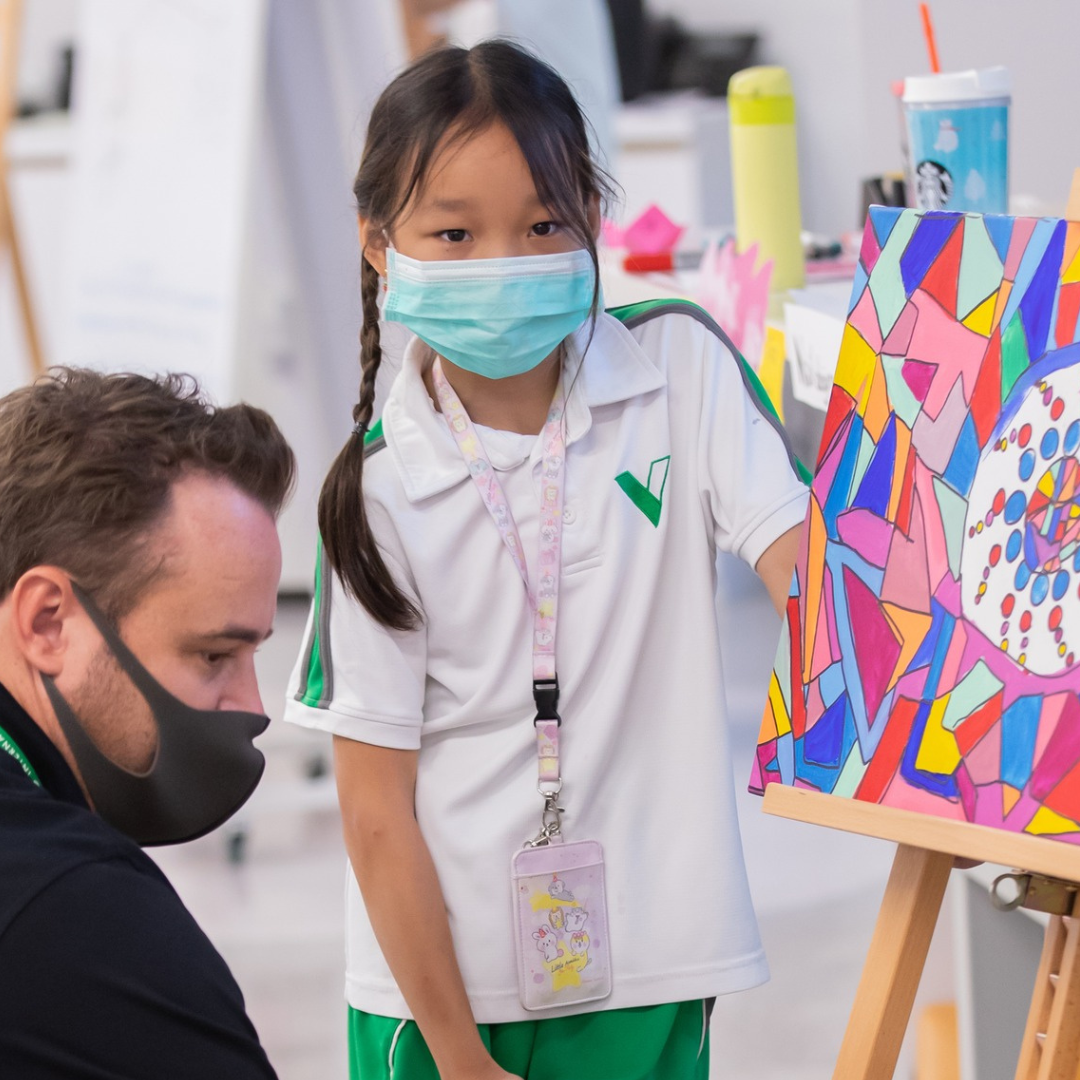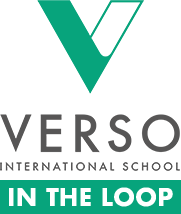7 Key Project-based Learning Ingredients that Impact Learning and Teaching
As a long-time advocate for Project-based Learning (PBL), I often find myself reading something that makes me think, “Sounds like PBL to me!” even if it does not mention it.
PBL is a teaching method in which students gain knowledge and skills by working on projects over an extended period of time to investigate and respond to an authentic, engaging, and complex question, problem, or challenge. They demonstrate their knowledge and skills by creating a public product or presentation for a real audience. As a result, students develop deep content knowledge as well as critical thinking, collaboration, creativity, and communication skills.
Below are seven fundamental levers that learning designers (as we call our teachers) at VERSO International School focus on to refine their practices, improve their craft, and make a significant, if not transformative, contribution to the lives of their students. These aspects align with what I know about high-quality PBL and project-based teaching. I hope this article helps you explore and discover the power of PBL and why it is spreading like wildfire in schools around the world.
1. Always be Collecting (targeted) Feedback
At VERSO, learning designers are always getting feedback from students, which is what effective PBL Learning designers do during and at the end of every project.
Reflection is emphasized, and our learning designers are encouraged to provide structured opportunities for students to pause during a project to reflect and discuss how things are going. If the project needs to be adjusted (timeline, products, resources, etc.), the learning designer takes note and acts accordingly. At the end of a project, students and learning designers reflect on what worked, what didn't, and what could be improved next time.
.jpg?width=365&height=243&name=unnamed%20(29).jpg)
2. Attend to Relationships (and classroom culture)
"Building the Culture" and "Engaging and Coaching" are two fundamental focuses that learning designers constantly demonstrate. The importance of teacher-student relationships is well-established by research and well-known to effective teachers. Learning designers frequently check in on their students as they walk around the room during project work. They create a learning community by building a productive and supportive culture and rituals that students value and expect.
Students work on projects that are meaningful and relevant to their culture, lives, and futures. Learning designers often involve their students in selecting project topics and work with them to develop questions to solve a problem or take on a new challenge. This is part of the cultural shaping that takes place in our classrooms every day.
.jpg?width=367&height=206&name=unnamed%20(31).jpg)
.jpg?width=320&height=213&name=unnamed%20(30).jpg)
3. Skills, Knowledge, and Understanding
Relationships are important - but they are no substitute for rigor. There is an old stereotype that PBL is mostly about soft skills and engagement, and that content and rigorous learning are neglected. I hope we can agree that this stereotype has now been thoroughly debunked. As an American international school, we follow the US curriculum and refer to the New York State Learning Standards in the various disciplines and use them as guideposts to provide context and focus as we develop relevant and meaningful learning experiences. These go hand-in-hand with our VERSO competencies and future-ready skills. It's not what students know, but what they can do with what they know that makes the difference. Students are given numerous opportunities to demonstrate their competencies and skills.
.jpg?width=368&height=276&name=unnamed%20(32).jpg)
4. Build, Make, Create, Design - Just do it!
Using regular protocols and routines helps make a PBL classroom look, sound and feel like a healthy, challenging, and productive workplace. Allowing students to ideate, decide, prototype, and test empowers them to create tangible projects that illuminate the process and product. This authentic process helps students tell a story about their curiosity, their work, and their results.
Often, students are expected to just research and absorb facts and information. Even though there is a place for students to do these steps, it helps them explain and show deeper connections to what they are doing, how they did it, and why it is important to know and understand.
5. Humanize Teaching
Learning designers pay attention to students' emotional worlds. A PBL teacher does this when he or she builds a healthy classroom culture and shifts from the role of "sage on the stage" to the role of coach. The way Learning Designers set the stage for learning is as important as the lessons themselves. We never tell our students to be interested in something we think they need to value. Our approach is very different from that. Our goal is for students to experience a problem, a place, and/or the people it affects.
When students truly feel a sense of connection and compassion, it is much stronger when they take the initiative themselves. It is this level of motivation that inspires students to innovate and seek solutions. PBL fosters a connection where students want to contribute because they care, not because an adult has told them to do something. Take the example of Sandee, one of our international middle school students. The learning designers did not tell her to support the Heart Foundation in Chiang Mai - it all came from her and the network she discovered through her own connections. Learning designers flip the script.
.jpg?width=268&height=357&name=unnamed%20(33).jpg)
6. Design and Public Display
Sharing of work done by students is paramount. Learning designers create and use rubrics that provide clear benchmarks for evaluating student work. PBL has clear success criteria (rubrics) that are shared with students to help them understand where they are in their learning and what steps they need to take to make progress over time. These are developed by learning designers and communicated throughout the project as checkpoints. In addition, it allows students to solicit constructive feedback from their peers to address things they may have missed. This step serves to make improvements with the user in mind.
Being open to feedback trains the mind not to view ideas too narrowly and not to cling to one's own ideas, especially in creative and collaborative work. The PBL process invites students to focus on the idea(s) rather than the person behind the idea. It is only when we realize that our ideas are made stronger by the contribution of others that we can realize our full potential and go from good to great!
.jpg?width=367&height=275&name=unnamed%20(34).jpg)
.jpg?width=365&height=274&name=unnamed%20(35).jpg)
7.Authenticity + Passion = Success!
There is something very special about being yourself and being passionate about the material you teach and the interest that students show. When mentoring a project, it is critical to building a closer connection with students by engaging in messy, collaborative learning. When students are truly interested in what they are doing and understand why learning can be very different. Sometimes the best curriculum is to listen and follow students to imagine a very different path - doors open and new possibilities emerge!
.jpg?width=365&height=243&name=unnamed%20(37).jpg)
.jpg?width=367&height=244&name=unnamed%20(36).jpg)
While PBL is not a new methodology, VERSO offers a unique approach to the way students learn effectively. Learning by doing - so students engage on a much deeper level.









